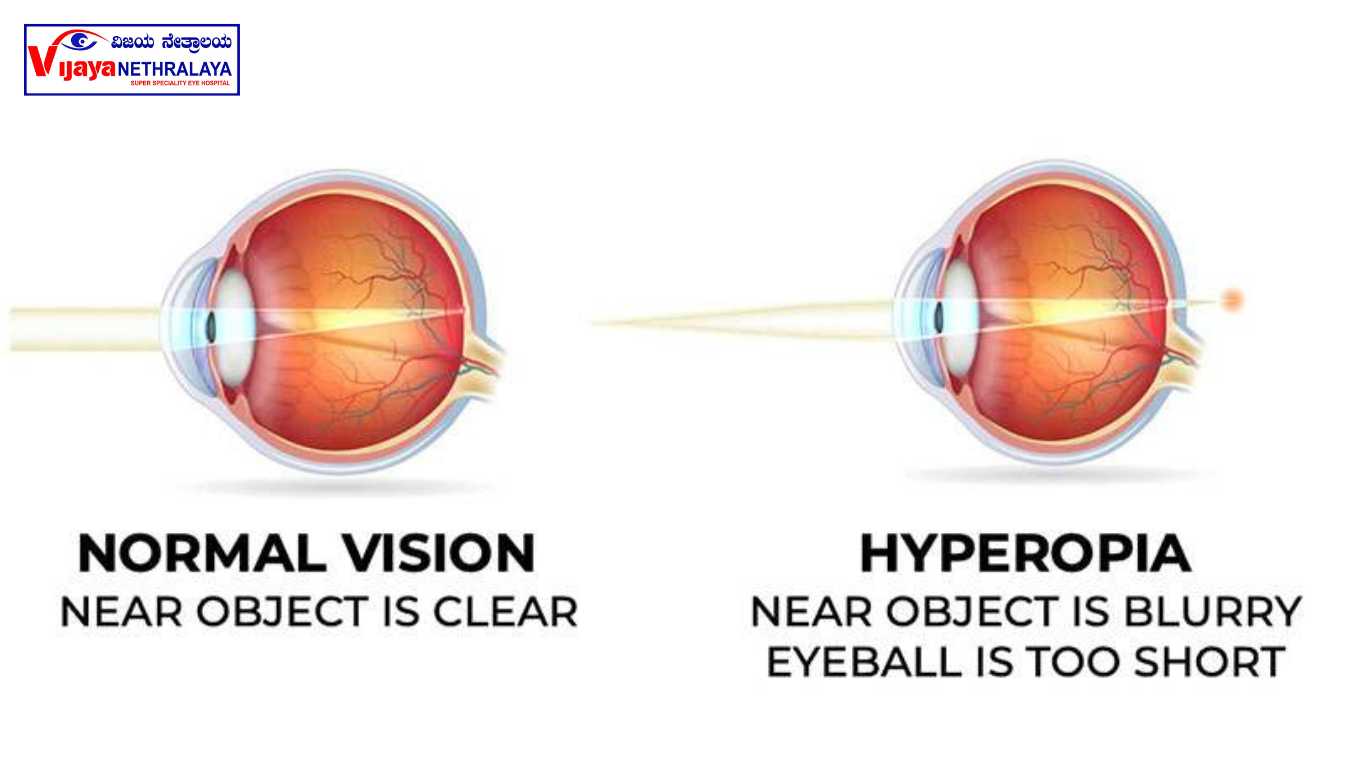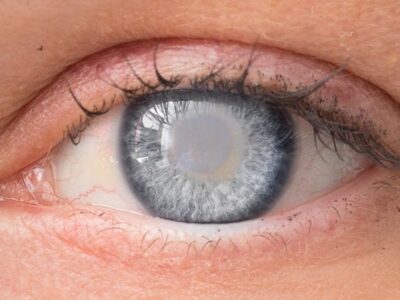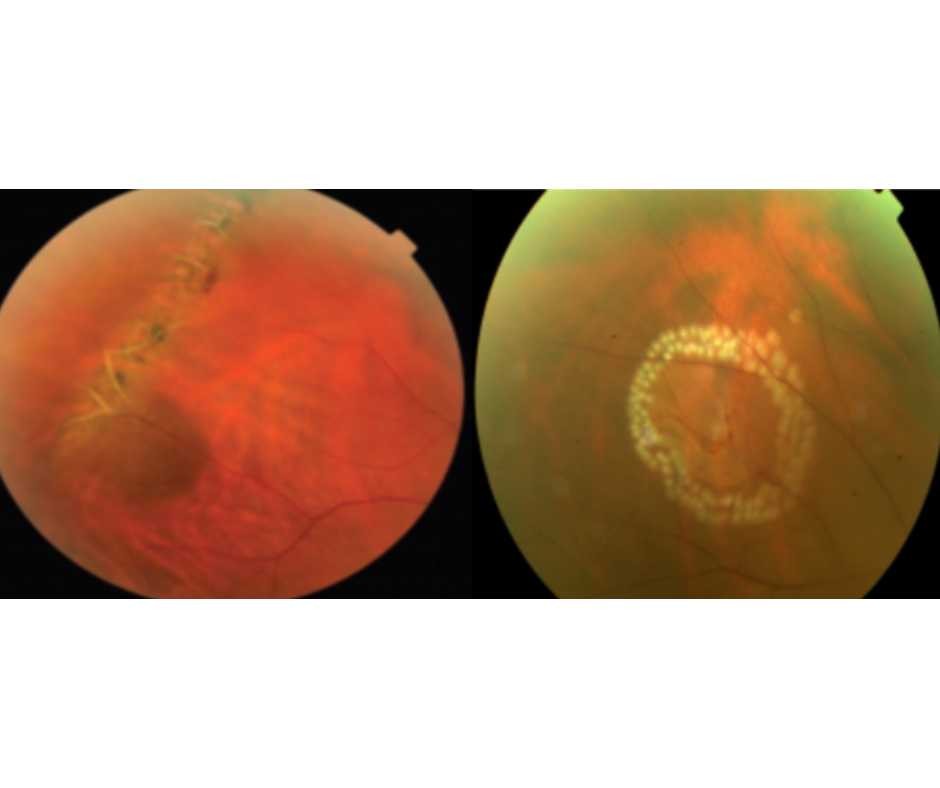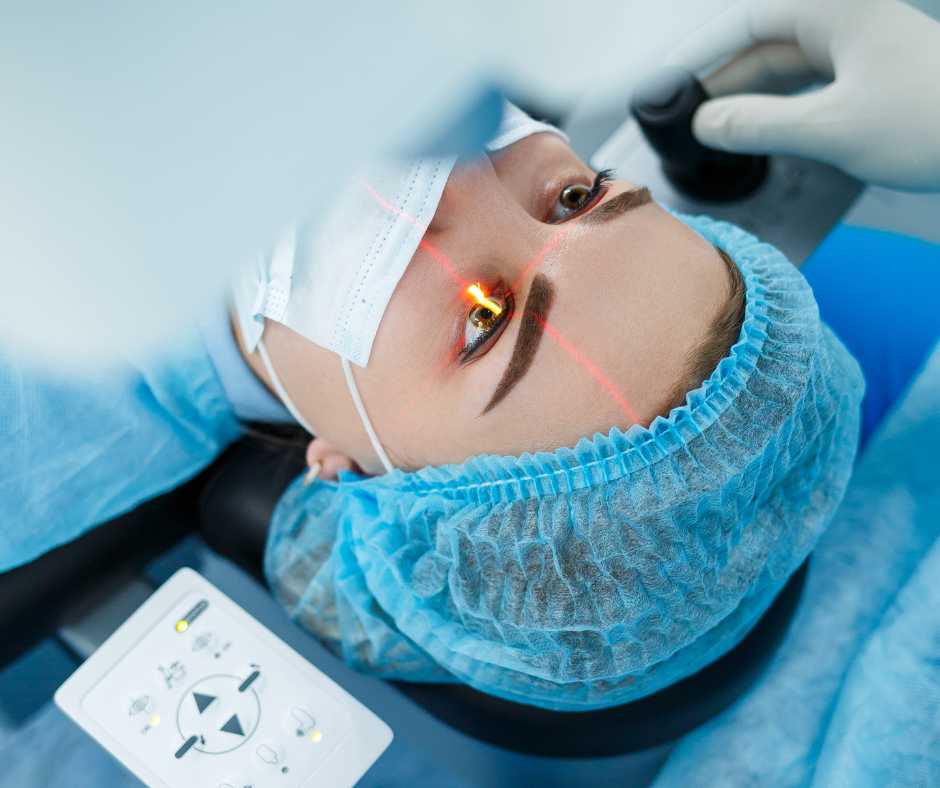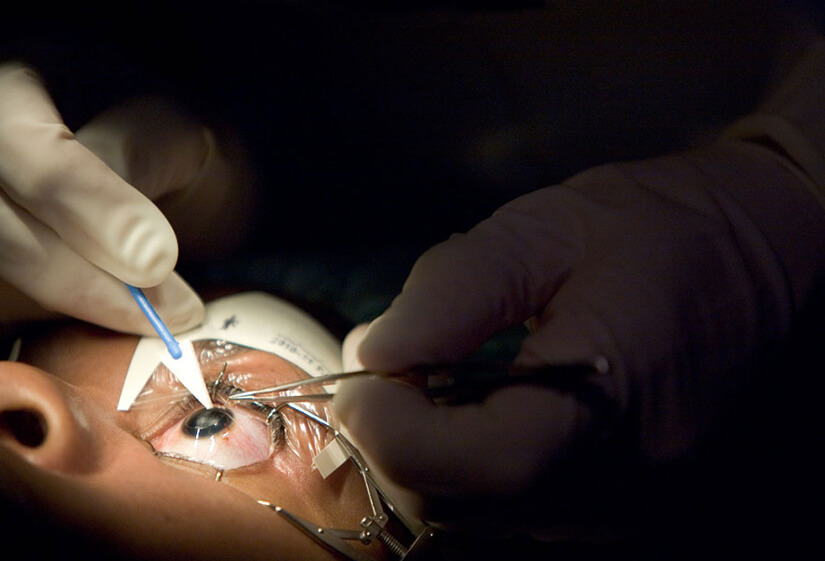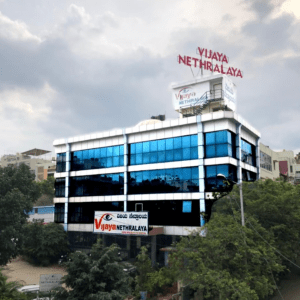Understanding Hypermetropia Lens: A Comprehensive Guide
In the realm of eye conditions and vision impairments, hypermetropia, often referred to as farsightedness, stands as a prevalent visual anomaly. Additionally, it affects millions of individuals worldwide. Consequently, it becomes a subject of immense importance for those seeking to comprehend and manage this optical challenge. In this comprehensive guide, we delve deep into the intricacies of hypermetropia. Furthermore, we aim to shed light on its causes, symptoms, treatment options, and hypermetropia lens much more.
What is Hypermetropia ? ( hypermetropia lens )
Hypermetropia is a common refractive error of the eye, which means that light entering the eye doesn’t focus properly on the retina. This can lead to blurred vision, particularly when trying to focus on objects up close. Unlike myopia (nearsightedness), where distant objects appear blurry, individuals with hypermetropia often struggle with nearby tasks, such as reading or using a computer.
Understanding hypermetropia lens & the Causes:
To fully grasp hypermetropia, it’s crucial to comprehend its underlying causes. This condition typically occurs when the eyeball is too short or the cornea has too little curvature. These factors prevent incoming light rays from converging precisely on the retina, resulting in blurred vision. While genetics plays a significant role in the development of hypermetropia, it can also develop or worsen with age.
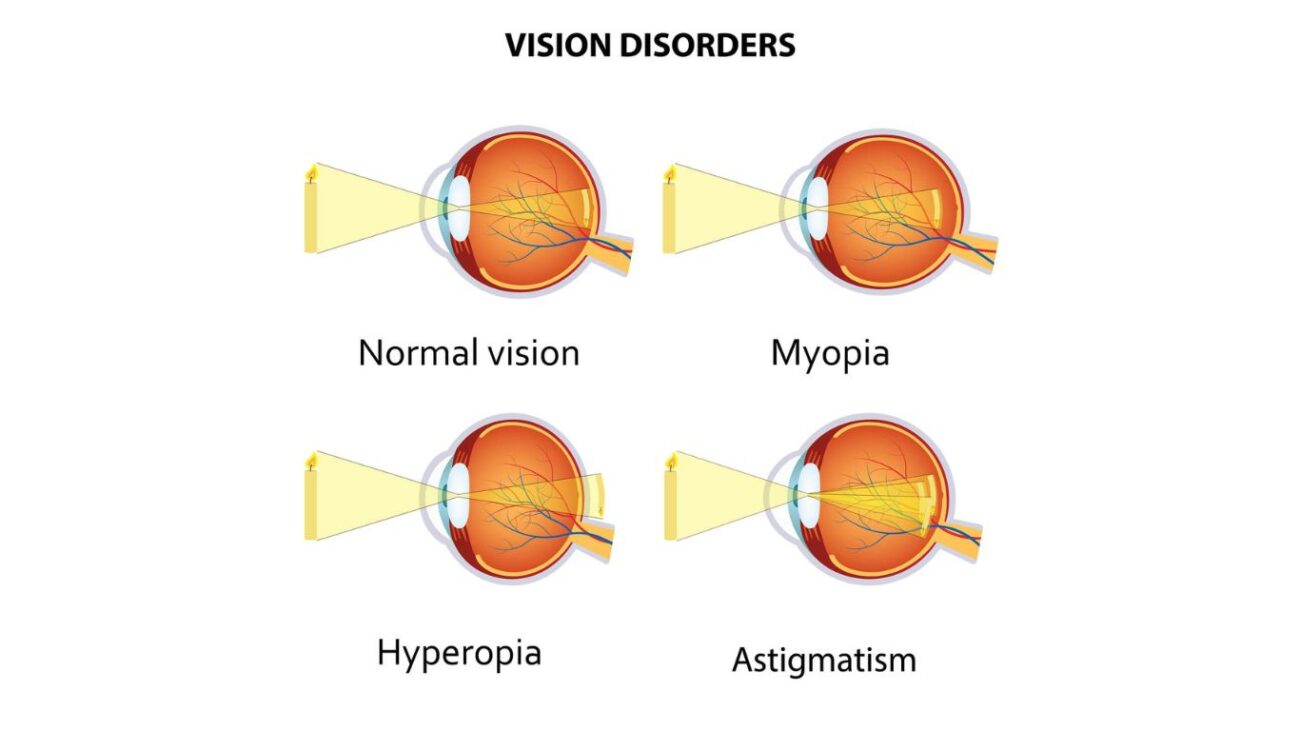
Symptoms of Hypermetropia ( hypermetropia lens ):
Recognizing the symptoms of hypermetropia is paramount for early diagnosis and effective management. Some common signs include:
- Blurry Vision: The primary symptom of hypermetropia is blurry vision, especially when looking at objects up close.
- Eye Strain: Individuals with hypermetropia may experience eye strain and discomfort after reading or using digital screens for extended periods.
- Headaches: Frequent headaches, often associated with visual tasks, can be indicative of hypermetropia.
- Difficulty Focusing: Hypermetropic individuals may find it challenging to focus on near objects, which can affect their daily activities.
Diagnosing Hypermetropia:
Diagnosis is a crucial step in managing hypermetropia effectively. It typically involves a comprehensive eye examination conducted by an optometrist or ophthalmologist. During this examination, various tests are performed to determine the extent of hypermetropia and rule out other eye conditions.
Treating Hypermetropia:
Hypermetropia can be managed and corrected through several methods, including:
- Eyeglasses: Prescription eyeglasses are the most common and effective way to correct hypermetropia. They help focus light directly on the retina, providing clear vision.
- Contact Lenses: Some individuals prefer contact lenses for cosmetic or practical reasons. They can provide clear vision without the need for eyeglasses.
- Refractive Surgery: In some cases, refractive surgeries such as LASIK or PRK may be recommended to reshape the cornea and improve vision.
- Reading Glasses: For individuals over the age of 40 who develop age-related hypermetropia (presbyopia), reading glasses can be prescribed to aid in close-up vision.
Preventive Measures:
While hypermetropia is largely genetic and age-related, there are certain preventive measures that can help maintain good eye health and potentially delay its progression:
- Regular Eye Examinations: Schedule routine eye check-ups to detect any changes in vision early on.
- Eye-Friendly Habits: Practice good eye habits, such as taking breaks during extended screen time and maintaining proper lighting while reading or working.
- Healthy Diet: A balanced diet rich in nutrients like vitamin A can promote overall eye health.
- Eye Protection: Wear protective eyewear when engaged in activities that pose a risk to your eyes.
Author Details:
Dr. Sushruth Appaji Gowda holds a prominent position as a Cornea, Cataract, Glaucoma, and LASIK Surgeon in Bangalore. He serves as the chief Cataract and Refractive surgeon at Vijaya Nethralaya Eye Hospital, Nagarbhavi Bangalore. Renowned as one of the finest LASIK surgeons nationwide, he brings with him over 12+ years of experience across multiple LASIK platforms, including ZEISS, ALCON, SCHWIND, AMO, and Bausch and Lomb. Dr. Sushruth, a Certified Refractive Surgeon and a Fellow of the All India Collegium Of Ophthalmology, has successfully performed over 5000 LASIK procedures.

Conclusion:
Understanding hypermetropia is essential for those affected by this condition and for individuals seeking to support loved ones facing it. By comprehending the causes, symptoms, diagnosis, and treatment options, we empower ourselves to make informed decisions about our eye health. Remember, regular eye examinations and early intervention can significantly improve the quality of life for individuals with hypermetropia. If you suspect you or someone you know may have hypermetropia, consult with an eye care professional for a personalized assessment and guidance.

